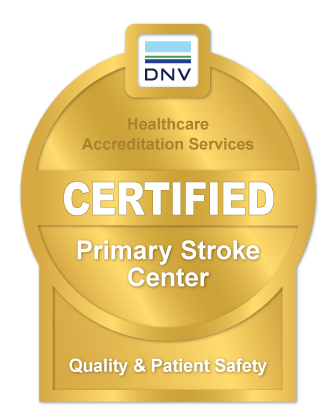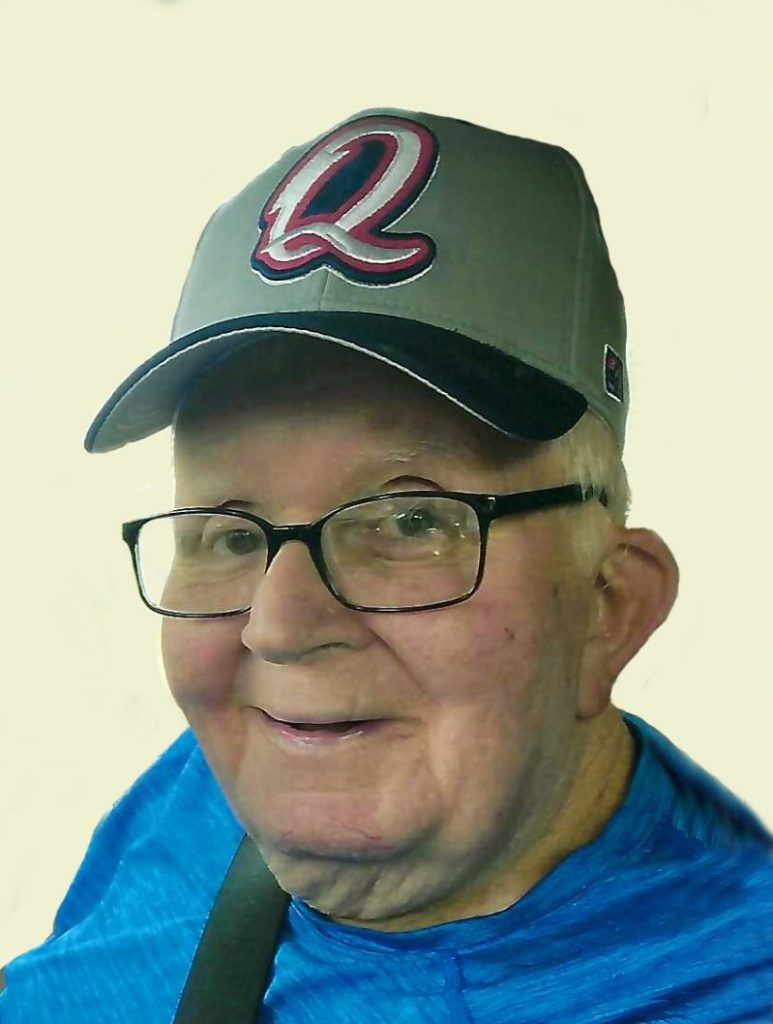Blessing Hospital retains status as nationally-recognized Primary Stroke Center

QUINCY — Blessing Hospital has been recertified through 2026 as a nationally-recognized Primary Stroke Center.
The recertification affirms the hospital’s readiness and ability to provide the highest quality stroke-related healthcare, which includes diagnosis, treatment, rehabilitation and education.
A Primary Stroke Center survey is conducted annually at Blessing and other participating hospitals nationwide by DNV, a world-leading certification organization. Certification ensures hospitals follow the national standards for care established by the American Stroke Association and the Brain Attack Coalition. Blessing has held DNV Primary Stroke Center certification since 2017.
In a press release, Dr. Christopher Solaro, chief medical officer for Blessing Health System and physician champion for the Blessing Stroke Committee, said, “Readiness and ability to deliver this life-saving care are a combination of the right equipment, personnel and training to quickly assess and treat strokes.”
The Blessing Stroke Committee is responsible for ensuring the hospital’s care meets national standards. It is a 32-member team consisting of caregivers and support staff from different hospital departments. The committee also helps ensure Blessing caregivers are educated on stroke care processes.
“Stroke care takes place hospital-wide,” Solaro said. “While it usually begins in the Emergency Center, stroke patients can need care from our critical care and medical-surgical units, surgical services, rehabilitation services team and home care.” The Blessing Stroke Committee also participates in offering stroke-related health screenings and stroke-related education to the public.
More than 370 people came to Blessing Hospital in 2023 for stroke-related care. Nearly 230 community residents took advantage of stroke-related health screenings and 970 people received stroke education through printed materials and in-person presentations.
What happens during a stroke:
Blood flow to the brain is disrupted by a blood clot or damaged blood vessel. The lack of blood flow kills brain cells quickly, contributing to disability and possible death. For the best outcome, quality stroke care must be delivered quickly to save as many brain cells as possible from damage or death.
According to the National Stroke Association, stroke is a leading cause of death, killing nearly 130,000 people each year. It is a leading cause of serious, long-term adult disability.
Rachel Vogel, Blessing’s clinical quality/stroke coordinator, said, “The majority of strokes occur in people age 65 and older. With the large number of senior citizens in the region served by Blessing, this certification and the skills it represents are crucial to the communities we serve.”
To make stroke signs and symptoms easier to recall, remember the phrase BE FAST:
- B — Balance: Loss of balance, headache or dizziness
- E — Eyes: Blurred vision
- F — Facial drooping: One side of the face may droop or feel numb. The affected person may have an uneven or lopsided smile.
- A — Arm weakness: One arm may droop or feel numb. A person having a stroke may not be able to raise both arms.
- S — Speech problems: Speech may be slurred or hard to understand. The affected person may not be able to repeat a simple sentence like “The sky is blue.”
- T — Time to call 911: If someone shows any of these symptoms, call for emergency medical care.
For more information on strokes, go to blessinghealth.org/stroke.
Miss Clipping Out Stories to Save for Later?
Click the Purchase Story button below to order a print of this story. We will print it for you on matte photo paper to keep forever.

